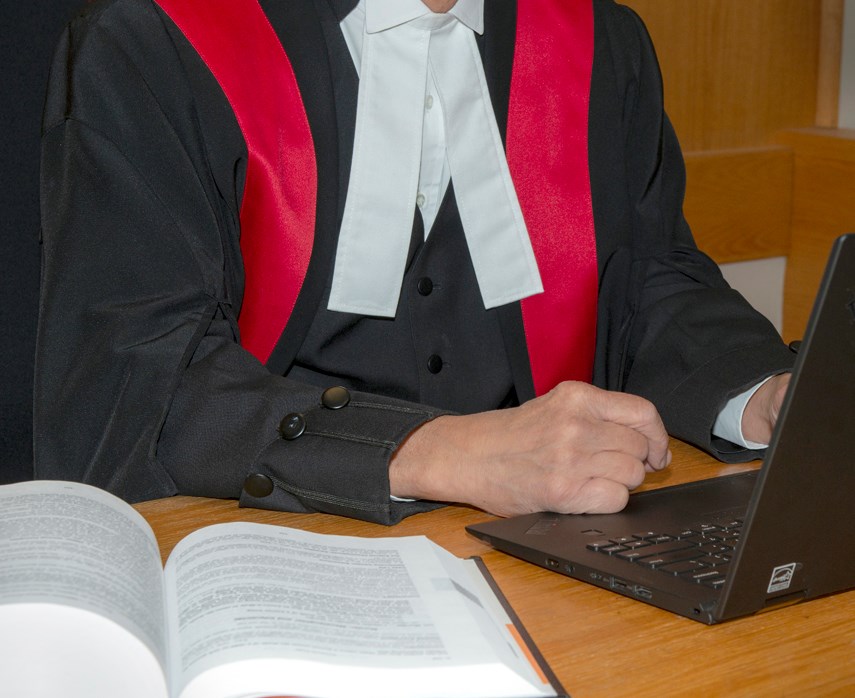A Vancouver mining company president has been found guilty in a Prince Rupert Provincial Court retrial of multiple counts of environmental pollution at a B.C. mine.
The charges relate to discharges of zinc and other waste contrary to Banks Island Gold’s (BIG) permit for the Yellow Giant Mine site on Banks Island, B.C., between Sept. 9, 2014, and July 31, 2015.
The island is just south of Prince Rupert on Hecate Strait.
“A systemic failure resulted in various exceedances in the water samples,” Judge David Patterson said in his July 7 decision. “BIG should have had a fool-proof system, regardless of which BIG department was responsible for the testing.”
Patterson said company president Benjamin Mossman was the person responsible.
“The BC Prosecution Service does not need to prove that Mossman directed, permitted, or authorized any single discharge containing metal levels over the prescribed limits as particularized in each relevant charge,” the judge said. “The failure to have a fool-proof system in place led to the exceedances. To quote an old adage: ‘The buck stops at the top.’”
Business in Vancouver reported in August 2015 that the mine was ordered to shut down for unauthorized discharges of effluent from its mine site that resulted from flooding. An inspection by the Ministry of Energy and Mines also found a number of permit violations, including the processing of ore from an unpermitted mine site.
Banks Island Gold had one operating mine on Banks Island — the Tel mine — and three other potential mine sites: the Bob, Kim and Discovery, where it had been conducting bulk sampling (the mining of ore to test for mineralization).
Unlike most mines in B.C., the company did not store mine waste in a tailings pond. It puts the processed ore back underground, although Al Hoffman, chief inspector of mines, said it wasn’t being done properly.
The company was found to be trucking tailings that were supposed to go underground at the Tel mine and trucking it to the Bob site, where it was dumped into a “glory hole” — a depression created when the workings from an old underground mine break through the surface.
Heavy rain and a failed sump pump resulted in flooding that spilled a “relatively small” amount of water and tailings into local waterways on June 25, 2015.
The original case resulted in convictions for Mossman and acquittals for Dirk Meckert, assistant manager and chief geologist and alternate mine manager. Both the convictions and acquittals were appealed.
A retrial was ordered following a number of appeals, including to the British Columbia Court of Appeal and Supreme Court of Canada.
The retrial before Patterson began on April 14, 2022.
In his July 7 decision, Patterson found Meckert not guilty on all counts and convicted Mossman of:
- four counts of failing to comply with requirements of a permit by exceeding the allowed rate of discharge for zinc;
- five counts of failing to comply with requirements of a permit, by exceeding the allowed rate of discharge of total suspended solids; and,
- four counts of depositing effluent into the environment that contained a concentration of deleterious substance.
Several original charges were abandoned.
With files from Nelson Bennett

